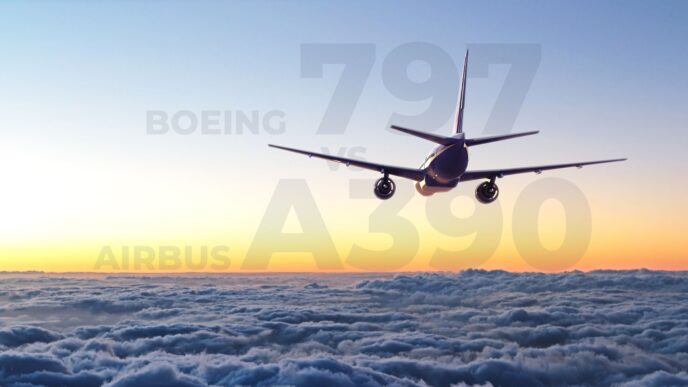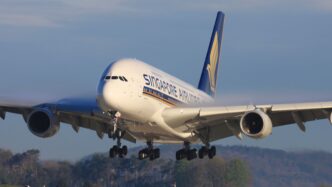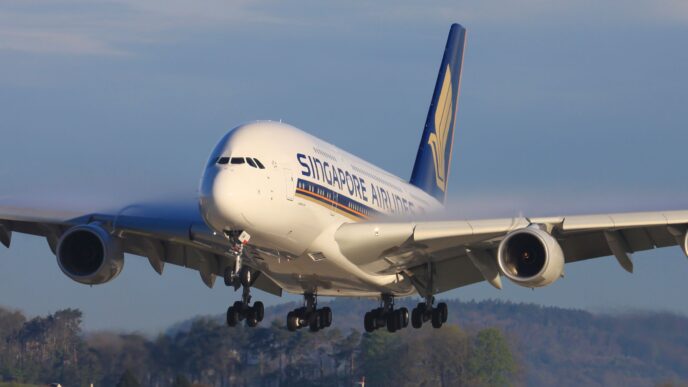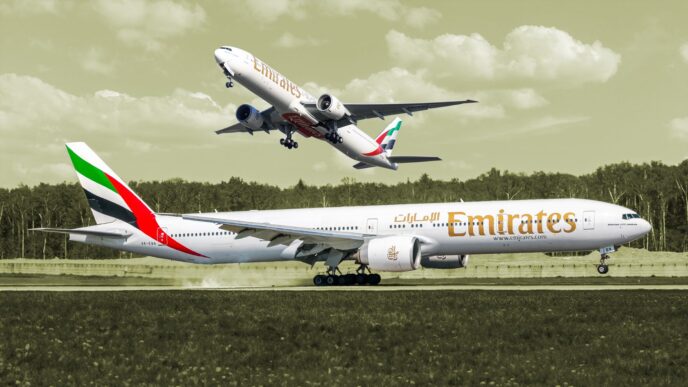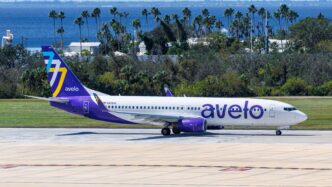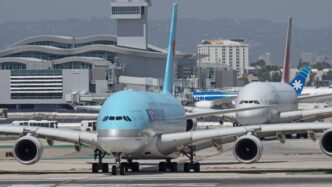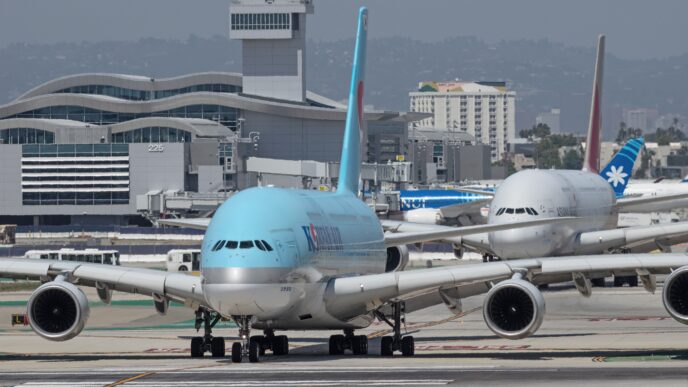The Airbus A380 stands out as one of the most iconic aircraft in the world, known for its massive size and unique design. As the largest passenger airliner globally, the A380 is the only aircraft with a full-length double-deck, unlike the Boeing 747, which only has a partial upper deck. Airbus began exploring the idea of this giant aircraft in the late 1980s, aiming to compete with Boeing’s dominance in the long-haul market. However, it wasn’t until 2000 that Airbus officially launched the A380 project, investing nearly $11 billion into its development. This engineering feat has transformed long-distance air travel, offering a maximum capacity of over 850 passengers in an all-economy setup, though most airlines opt for a three-class configuration that accommodates around 500 passengers. The A380 is tailored for high-capacity, hub-to-hub routes, and since its introduction in the late 2000s, it has been embraced by a select group of airlines worldwide. Each airline has customized the A380 to reflect its brand, making it a truly unique aircraft in the skies.
Airbus’s journey to create the A380 began in the late 1980s when the company was already making waves with its A300, the first widebody twin-engine aircraft. Despite the success of the A310 and A320, Airbus recognized that Boeing dominated the long-haul market, particularly with the 747. In response, Airbus engineers secretly started working on a high-capacity airliner in 1988, officially unveiling the concept at the 1990 Farnborough International Airshow. The goal was to offer lower operating costs than the Boeing 747-400. By June 1994, Airbus announced the development of the A3XX, which later became the A380. The project officially kicked off in late 2000, with initial orders from major airlines like Emirates, Singapore Airlines, Qantas, Air France, and Lufthansa. The International Lease Finance Corporation also placed orders, although these were eventually canceled.
In recent years, the Airbus A380 has continued to capture the imagination of travelers and aviation enthusiasts alike. Despite its limited adoption, the aircraft remains a symbol of luxury and innovation in air travel. Its spacious interiors and advanced technology offer an unparalleled flying experience, making it a favorite among passengers. However, the A380’s future is uncertain as airlines shift towards more fuel-efficient, smaller aircraft. Nevertheless, the A380’s legacy as a groundbreaking achievement in aviation history is undeniable. #AirbusA380 #AviationInnovation #TravelInStyle
Originally reported by Simple Flying Read More



